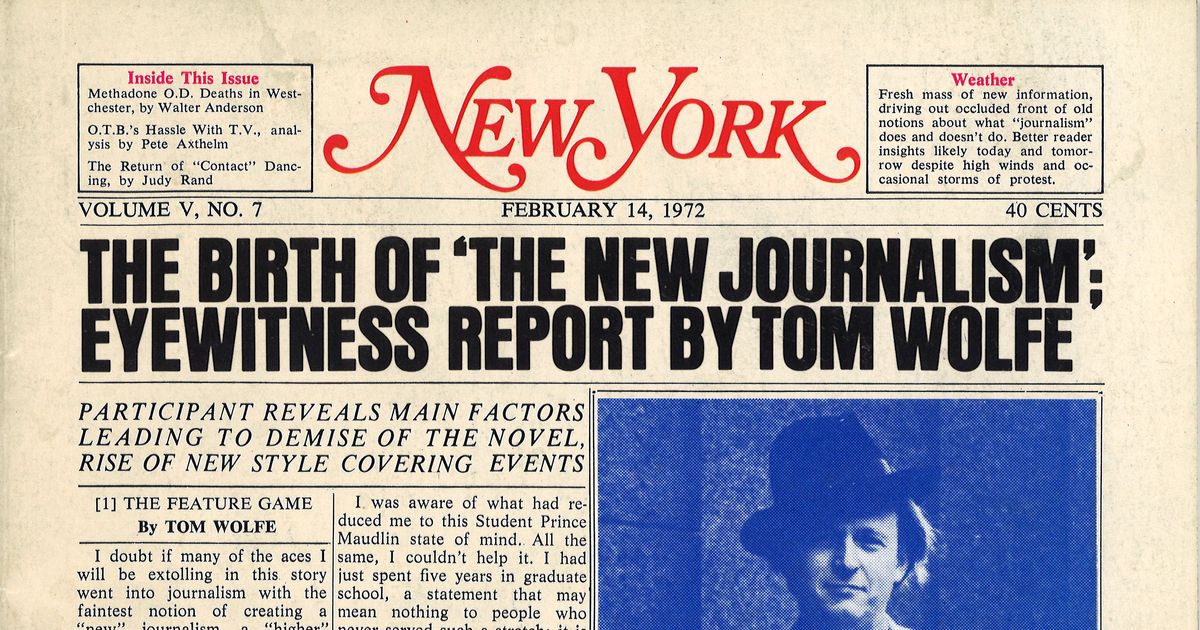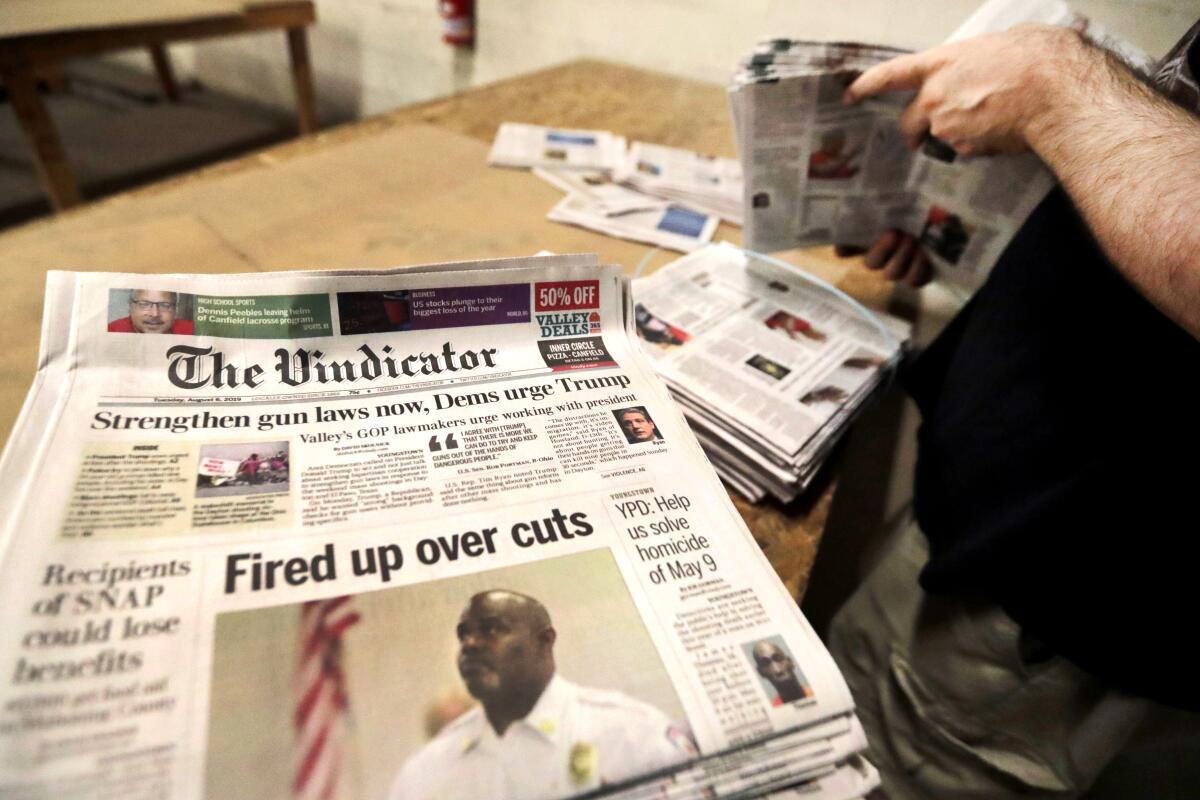Things about News Articles
Things about News Articles
Blog Article
Facts About News Articles Revealed
Table of ContentsThe Greatest Guide To News ArticlesHow News Articles can Save You Time, Stress, and Money.The smart Trick of News Articles That Nobody is DiscussingWhat Does News Articles Do?5 Easy Facts About News Articles Explained
Great expertise of different subjects provides students a competitive side over their peers. Although electronic and social media are conveniently easily accessible, we need to not fail to remember just how important it is to review the papers. Parents must try and inculcate the routine of reviewing a newspaper as an everyday routine to proceed the tradition of the adored print tool.Information tales additionally consist of at the very least one of the adhering to important qualities relative to the designated target market: closeness, prominence, timeliness, human passion, oddity, or repercussion.
Within these limitations, news tales likewise aim to be thorough. Among the bigger and much more respected newspapers, fairness and equilibrium is a major aspect in offering details.
Newspapers with a worldwide audience, as an example, often tend to utilize an extra official design of composing. The specific choices made by a news outlet's editor or content board are often accumulated in a design overview; usual style guides consist of the and the US Information Style Publication. The primary objectives of news writing can be summarized by the ABCs of journalism: precision, brevity, and quality.
Some Ideas on News Articles You Should Know
As a regulation, reporters will certainly not use a long word when a brief one will do. News writers try to avoid making use of the exact same word more than once in a paragraph (occasionally called an "echo" or "word mirror").
Nonetheless, headlines sometimes omit the topic (e.g., "Jumps From Watercraft, Catches in Wheel") or verb (e.g., "Pet cat female fortunate"). A subhead (also subhed, sub-headline, subheading, caption, deck or dek) can be either a subservient title under the major heading, or the heading of a subsection of the article. It is a heading that precedes the primary text, or a team of paragraphs of the major message.

of a post topic, informant, or interviewee), it is described as a drawn quote or draw quote. Additional billboards of any of these kinds may appear later in the write-up (especially on succeeding web pages) view it now to lure additional reading. Journalistic web sites sometimes use animation methods to swap one billboard for an additional (e.g.
The 8-Minute Rule for News Articles
Such signboards are also used as reminders to the post in various other sections of the publication or site, or as advertisements for the item in other magazine or websites. Press release of the Swiss government. Regular framework with title, lead paragraph (summary in bold), other paragraphs (details) and contact info.

Example of a hard-lead paragraph NASA is recommending one more find out here room project. The spending plan demands roughly $10 billion for the project.
The NASA announcement came as the company requested $10 billion of appropriations for the project. An "off-lead" is the second crucial front web page news of the day. The off-lead appears either in the top left corner, or directly listed below the lead on the. To "bury the lead" is to start the short article with history information or information of secondary significance to the viewers, compeling them to check out even more deeply right into an article than they must have to in order to uncover the necessary points.
A Biased View of News Articles
Common usage is that one or two sentences each create their very own paragraph. Journalists normally define the company or framework of a newspaper article as an inverted pyramid. The essential and most intriguing elements of a story are placed at the beginning, with supporting information complying with in order of decreasing importance.
It allows people to check out a topic to just the depth that their curiosity takes them, and without the charge of information or nuances that they could think about unnecessary, however still making that details readily available to extra interested viewers. The inverted pyramid structure also enables posts to be cut to any kind of arbitrary length during format, to fit in the room readily available.
Some writers begin their tales with the "1-2-3 lead", yet there are lots of sort of lead readily available. This style usually starts with a "5 Ws" opening paragraph (as defined over), followed by an indirect quote that offers to sustain a major aspect of the very first paragraph, and afterwards a straight quote to sustain the indirect quote. [] A kicker can describe numerous things: The last tale in the news broadcast; a "pleased" tale to end the show.
Longer write-ups, such as magazine cover articles and the pieces that lead the within sections of a newspaper, are referred to as. Attribute tales vary from straight information in several means. Foremost is the absence of a straight-news lead, many of the time. Rather than supplying the essence of a story up front, function writers might try to draw viewers in.
The smart Trick of News Articles That Nobody is Discussing
A function's initial paragraphs often connect an intriguing minute or occasion, as in an "anecdotal lead". From the particulars of a person or episode, its sight swiftly expands to generalizations regarding the story's topic.

The Editor's Tool kit: A Referral Guide for Beginners and Professionals (2001) Allan M. Siegal and William G. Connolly. The New York Times Manual of Design and Use: The Official Style Overview Made Use Of by the Writers and Editors of the World's Most Reliable Paper (2002) M. L. Stein, Susan Paterno, and R.
Report this page